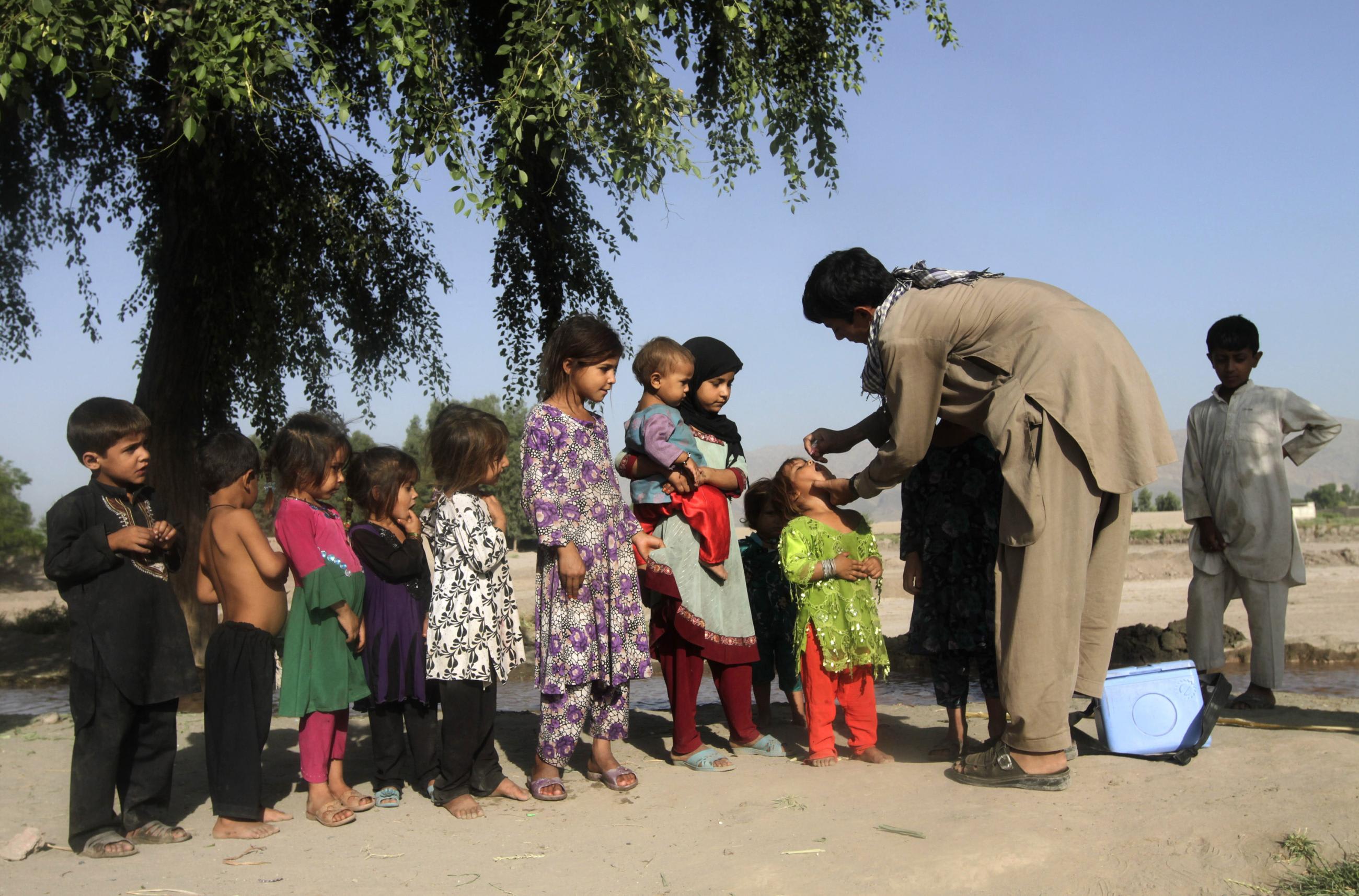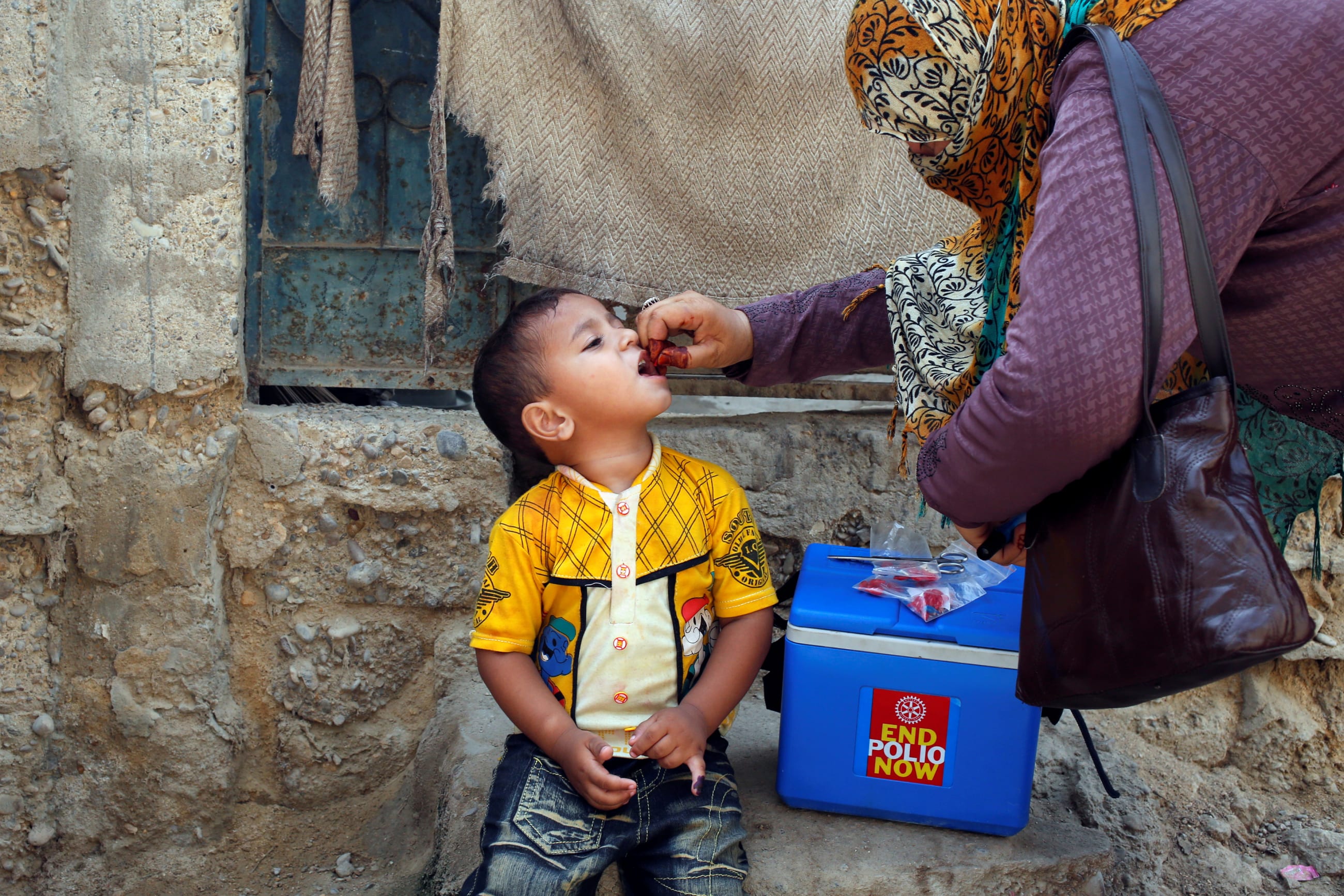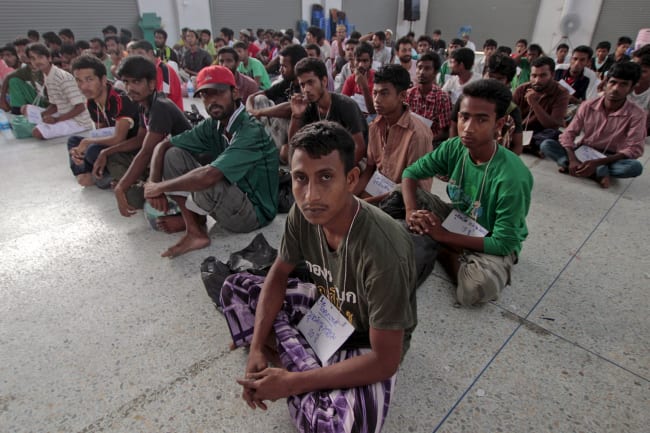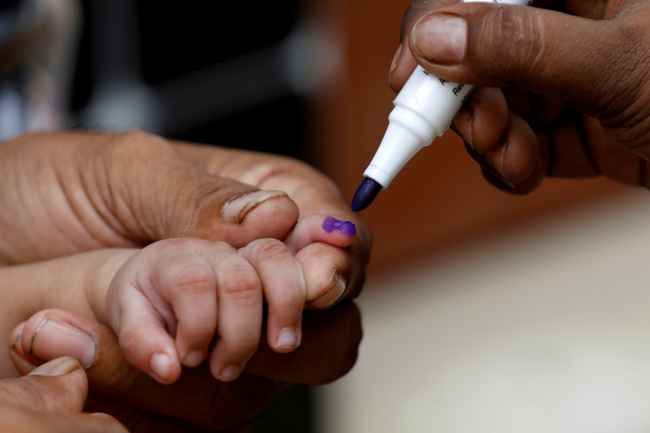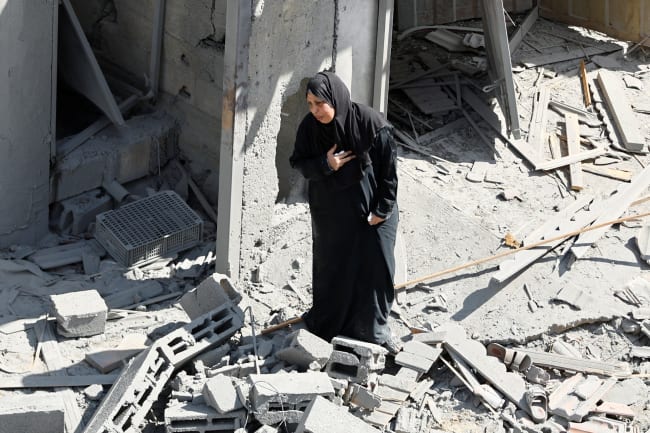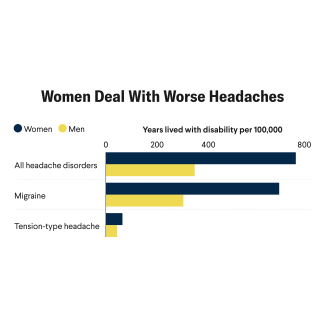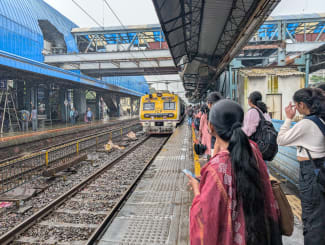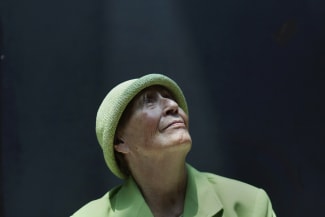Six weeks after the United States announced massive cuts to foreign aid programs, no clear alternative has emerged, leaving global health programs with massive shortfalls in funding.
Among the many programs affected, the World Health Organization (WHO)–led Global Polio Eradication Initiative (GPEI) is facing uncertainty because 21% of its budget has been historically funded by the United States. The partnership already needed an additional $2.3 billion to meet its goal of eradicating polio by 2029—and must now plan for an additional $133 million no longer arriving this year from the United States.
Whether the United States will end funding to GPEI indefinitely remains unclear, though the initiative's prospects could be slim because U.S. officials have expressed broad skepticism over vaccines. Several USAID-run polio vaccination campaigns have come to a halt, and the paralytic illness continues to spread in Afghanistan and Pakistan, the only two countries where polio remains endemic. Isolated cases have also appeared globally in recent years, including the 2022 cases in New York.
In February 2025, Saudi Arabia committed $500 million to GPEI, a major boon to the program amid growing uncertainty. To learn more about the push to eradicate polio and how Middle Eastern countries could play a greater role, Think Global Health spoke with Hamid Jafari, director of polio eradication at the WHO's Regional Office for the Eastern Mediterranean.
Jafari outlined how Saudi Arabia's funding commitment "sends a strong message of confidence" in a time of dwindling investment and wavering trust in the long-running polio program. Commitments from countries such as Saudi Arabia, according to Jafari, will be increasingly important for countries such as Afghanistan, Somalia, and northern Yemen, which have fewer domestic resources to put toward polio education and prevention.
The move could signal an effort from Middle Eastern countries to step up on polio eradication in the region and globally, particularly after the United Arab Emirates funded a large-scale polio campaign following an outbreak in Gaza last year. Amid competing health priorities, however, the region needs longer-term commitments to stop the debilitating disease for good.
This interview was lightly edited for clarity.
□ □ □ □ □ □ □ □ □ □ □ □ □ □ □ □
Think Global Health: Why should donors pay attention to polio and how does polio affect global health security?
Hamid Jafari: Donors, particularly sovereign donors, should pay particular attention to polio for a range of reasons.
First, the consequence of the failure of the eradication program. In countries that have yet to eradicate the virus, we see periodic epidemics. We're just coming out of one in Afghanistan and Pakistan. Imagine that happening at a global scale.
If the eradication program fails, either because of lack of funding or political will, we'll be back to hundreds of thousands of cases around the world of polio very quickly. It spreads quickly with travelers, who are mostly asymptomatic. The virus was recently detected in environmental samples in Europe. In 2022, polio was also detected in wastewater in London, and New York saw one paralytic case.
We'll be back to hundreds of thousands of cases around the world of polio very quickly
If polio spreads, billions of dollars of investments that have gone to eradication would really be lost. It would be a public health disaster globally. The public health costs of polio resurgence would be enormous.
The second part of this situation is that the polio eradication program functions in some of the most deprived communities, in fragile, conflict affected settings. In many such areas, polio workers are the only public health or health delivery workforce. They are often involved in delivery of routine immunization, nutrition services, and disaster response. In Somalia, recently, they've supported vaccination against cholera during an outbreak.
They also played an important role in the pandemic. After countries issued severe lockdowns and travel restrictions, polio community workers became the first emergency responders, distributing personal protective equipment and information about COVID surveillance.
Officers for polio did surveillance for COVID, and many of our laboratories were the first among their countries to start testing for COVID. In some of our countries, epidemiologists and data managers for the polio program were the ones who were analyzing data and presenting it to the national authorities on the epidemiology of COVID.
Another example is the Ebola outbreak in West Africa and Nigeria. In 2014 and 2015, these polio workers acted as critical first responders to contain the Ebola outbreak.
Routine childhood immunization systems are also supported by the polio workforce, again in areas of conflict and fragility and weak health systems. Investment in the polio program is not just about getting rid of polio: It has already brought and will continue to bring a dividend until polio is eradicated.
Think Global Health: How much funding is needed to maintain this level of services and keep polio at bay?
Hamid Jafari: GPEI has been working on a polio eradication strategic end game plan, originally from 2022 to 2026 with an overall budget of $4.8 billion. Because of delays in eradication, the time period for that plan has been extended to 2029.
Right now, we have an overall budget of $6.9 billion for 2022 to 2029. The current shortage is around $2.3 billion, and that's not accounting for the loss of funding from the from the United States. We are optimistic that U.S. funding will continue for GPEI, but the shortfall will increase significantly if it turns out that the United States will no longer fund the program. The United States has been the largest sovereign donor to GPEI.
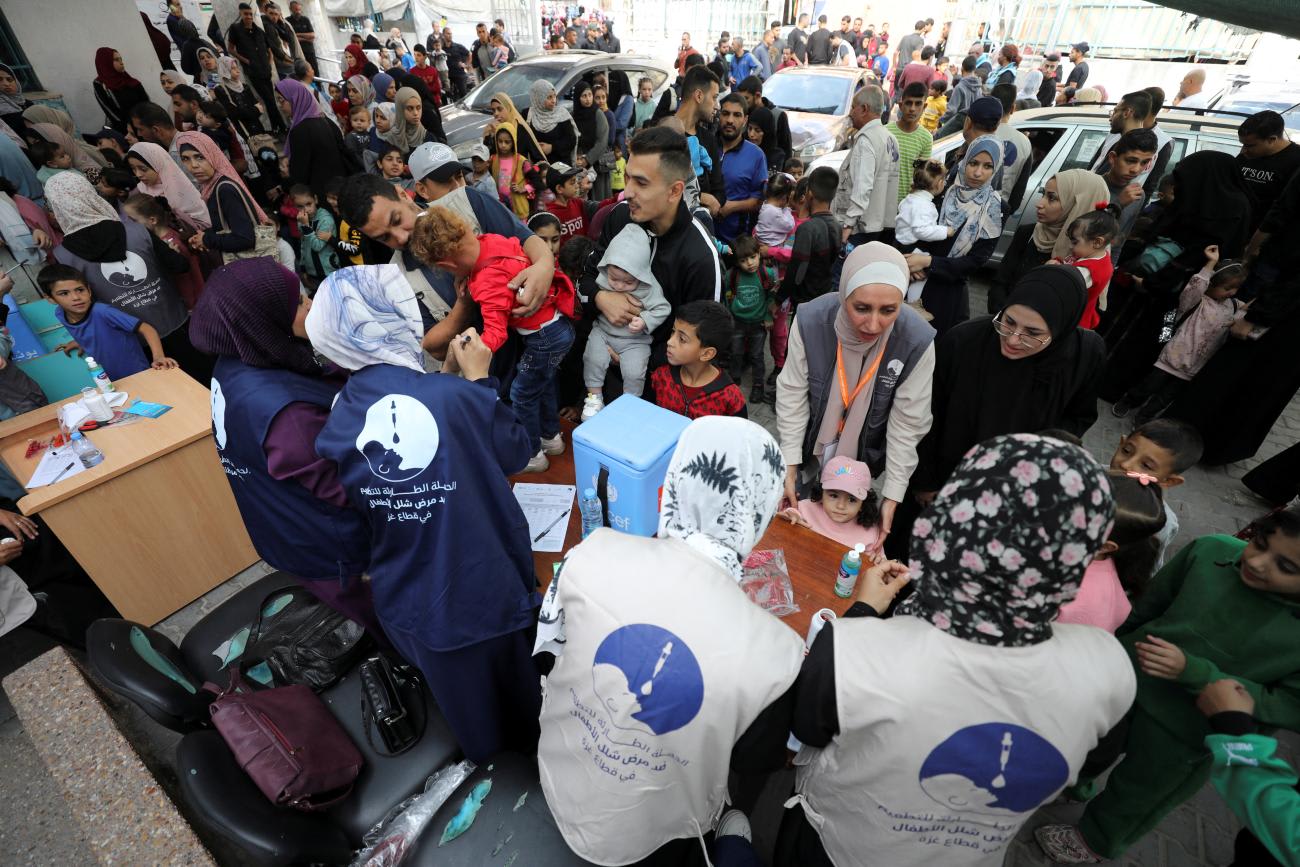
Think Global Health: How does Saudi Arabia's $500 million donation earlier this year come into play? Do you anticipate other donors stepping up as Saudi Arabia has?
Hamid Jafari: We are very, of course, extremely pleased and excited about the donation. This funding commitment from Saudi Arabia has come at a very important time, for both what's happening in terms of the global landscape of foreign assistance and funding for global public health. Saudi Arabia stepping in for polio eradication extremely important financially, and it is an important vote of confidence by Saudi Arabia for the ultimate success of the program.
They've come in at a time when a lot of donors are asking questions as to why eradication is taking so long in Afghanistan and Pakistan and why these outbreaks of variant poliovirus are continuing. They have done their due diligence: Their technical staff are in conversation with GPEI, and they've been on field visits with us.
Third, I would say the donation is important to the countries where doubts about the polio eradication campaign are common: Is this a Western conspiracy? Is the vaccine safe? Why are polio vaccines being repeatedly given to children? Saudi Arabia is stepping in as both a political leader in the region and a custodian of the holy sites for Muslims, which is also important from a social and program acceptance perspective.
In the region, United Arab Emirates has been an important donor over the last 10 years and is getting ready to renew its commitment. That's yet to be confirmed, but we are optimistic. We've also had, especially after the outbreak in Gaza, other expressions of interest to support from Kuwait. Some regional governments who are politically engaged and are starting to step up and provide financial support for the program.
Think Global Health: Where does polio stand among other competing global health priorities?
Hamid Jafari: Polio is a major priority for this region and for the WHO because we are so close to success, and that it's a global public good—and it's ready to deliver for good, like smallpox eradication. It remains a priority in that context.
We are in such an advanced stage of eradication that we are not seeing the thousands and thousands of cases of paralytic polio as were seen before the eradication program. Competing priorities are generating pressure on vulnerable countries, including those that depended on a lot of international funding for delivery of essential primary health-care services. Those services are already starting to disappear.
NGOs are closing and leaving countries in a complex emergency, which has several ramifications. One is that it puts a lot of pressure on the WHO, the United Nations, and other organizations that are staying. They are not like NGOs, which can just close their shops and go away: If funding is curtailed, we still have to work with governments closely. We have to work with the people of these countries to provide the best available health services and strategies to minimize the impact of loss of funding.
The second thing it does for the polio program is create a very difficult operating environment. Already, one of the challenges for the polio program is that communities that don't get all civic and health services are frustrated that they only see polio workers coming and giving polio vaccines. This is going to further complicate this situation: The increasing desperation of communities that are losing essential services will make the environment in which the polio workers go and deliver vaccines even more difficult for them.
Think Global Health: How does domestic health funding factor in?
Hamid Jafari: This is one of the important themes of our Regional Subcommittee for Polio Eradication and Outbreaks. One of their important messages to all the ministers and public health leadership is to increase domestic financing.
Increasingly, some of the middle-income countries and even lower-middle-income countries are beginning to take on the essential polio functions as the financial support from outside is being reduced.
Pakistan is already taking on responsibility of domestic financing through subsidized loans to support polio education. But in countries such as Afghanistan and Somalia and northern Yemen, no domestic resources are available to put into polio eradication programs and stopping polio outbreaks.
Think Global Health: What else should readers know about polio and the current global health funding need?
Hamid Jafari: The important thing is to stay the course and not abandon a program that's so close to success, even though we've had a resurgence of polio in Afghanistan and Pakistan. The progress in those two countries can be very rapid, and the next low transmission season in late 2025 early 2026 is a real opportunity for these two countries to potentially stop polio for good.
